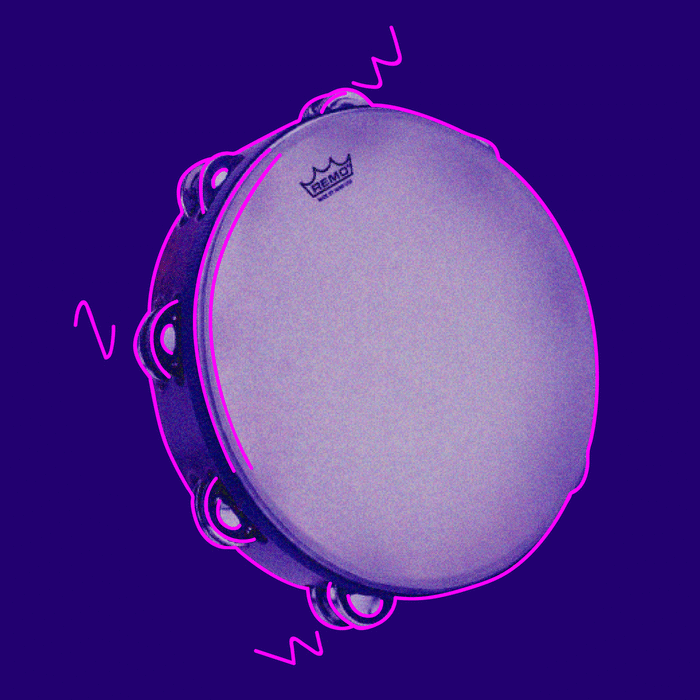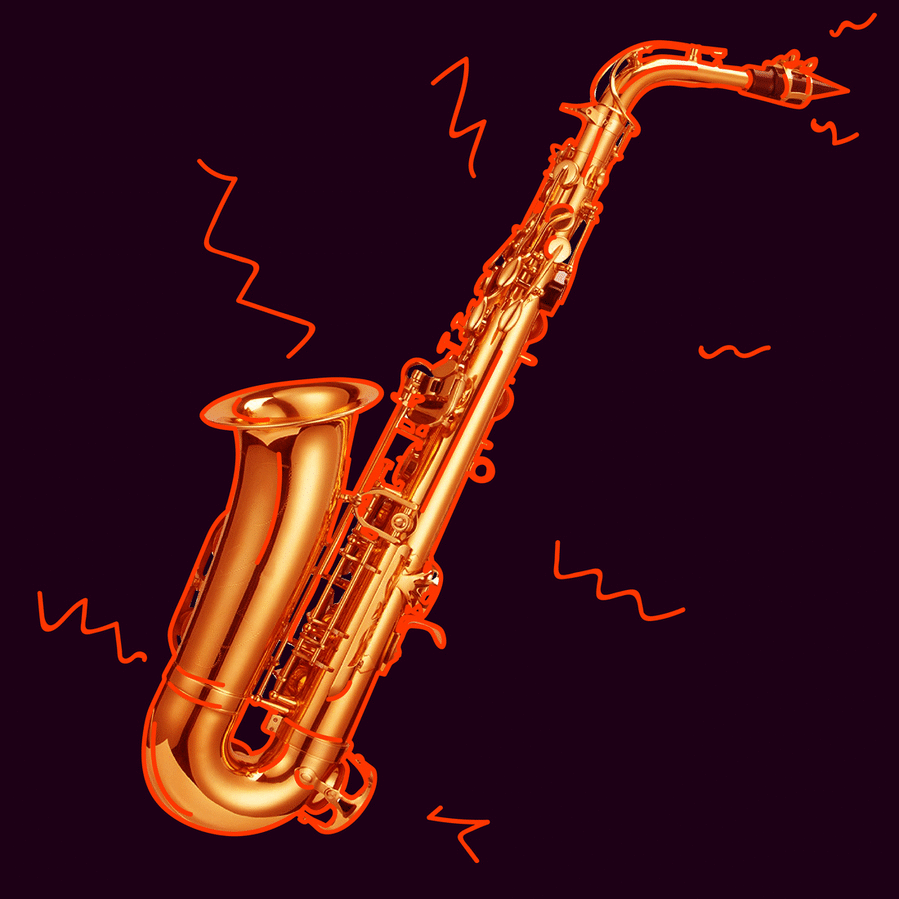Tallava, a genre that is both ubiquitous and looked down upon in Kosovo, entered the Balkan music scene in the 1980s and has since evolved into the ultimate pop.
In the first hour of an Albanian wedding, most guests sit at their tables, engaging in small talk. A few dance around the wedding hall, but the mood is slow and formal. Soon, though, the small talk will be cut short and everyone will redirect their focus, get up from their seats, and tear up the dance floor. The rhythmic, reverberating sounds of live tallava music will fill the air.
I have been to over twenty large weddings in Kosovo, and this scene is always the same.
When I told some friends that I was researching tallava, an overlooked yet ubiquitous music genre in Kosovo, most assumed I would be trashing it. Others thought the polar opposite: that I’d write dismissively of ‘tallava haters.’ But while this piece explores how people belittle tallava’s qualities, it is mostly a look into how tallava came to be the ultimate pop.
One of the most popular styles of music in Kosovo, tallava emerged from Balkan Roma and Ashkali communities during the 1980s and 1990s, and quickly became popular amongst Albanians. Today this style of music is simultaneously enjoyed and vilified by the Albanian public. While people like to dance to tallava at weddings and parties, it is also often disparaged and considered an ‘inferior’ style of music.
One often hears remarks like “weddings are no fun without tallava — it makes people stand up and hit the dance floor.”

Gif: Jeta Dobranja, Trembelat
Some of the most famous tallava songs are “Mihane” and “Pina Viski,” both wedding staples. Tallava also incorporates dance styles, such as the Gjilan Gajda, burrnist, and cocek.
Kosovo Roma musician Bajram Kafu Kinolli suggested that tallava’s status in Albanian culture has a lot to do with racism, as well as the tendency to draw a border between what is allegedly part of Albanian culture and what is thought to come from the ‘outside.’
Kafu Kinolli, the head of the band Gypsy Groove, claims that this relationship arises from discrimination against Roma, Ashkali, and Egyptian people by Albanians in Kosovo.
The word tallava has taken on a colloquial, pejorative meaning in Albanian language that goes beyond describing a music style.
“Bearing in mind that it was the Roma, Ashkali and Egyptians who mostly cultivated tallava and that they are in a crisis in regard to presenting their culture… some people label it as a degradation, especially today when the word ‘tallava’ is a dirty, filthy, and degrading term for anything in Kosovo. It means that this music is made by magjups and is not ours,” said Kafu Kinolli to Prishtina Insight, mentioning the Albanian derogatory term referring to Roma, Egyptians, and Ashkalis.
The word tallava has taken on a colloquial, pejorative meaning in Albanian language that goes beyond describing a music style. For example, ‘tallava talk’ might be used to mean incoherent conversation, and a ‘tallava government’ is often used to describe messy politics; the phrase ‘big tallava’ is simply used to signify a ‘big mess.’
Astrit Stafai, music professor and Kosovar-Albanian multi-instrumentalist, claims that the Albanian public associates oriental quarter-tonal music with tallava and considers tallava to be music of ‘low quality.’
“When the word tallava is mentioned, the immediate association is with music of low quality, with no standard or criteria at all. Unfortunately, people are using this term to define things that fall outside the tallava [musical] category, which is illogical,” said Stafai to Prishtina Insight.
Mikaela Minga, a musicologist from the Institute of Cultural Anthropology and Art Studies in Tirana, in her feature at “Peizazhe te Fjales,” describes Albanians’ relationship with and discrimination towards tallava as a “love/hate relationship.”
Quoting ethnomusicologists Carol Silverman and Svanibor Pettan, Minga said the word tallava derives from Romani words tel o vas (under hand), referring to the Roma dance style cocek, in which women delicitaly move their hands.

Gif: Jeta Dobranja, Trembelat
The music style was first introduced by Ashkali and Roma people in the 1980s, probably in Kosovo or Macedonia. Since then it has been transformed, making its way to other parts of the Balkans. According to Kafu Kinolli, tallava has gone through multiple transitional periods.
“At the beginning it was music with defs [tambourines] in which the audience would relate directly to the singer, and the music was performed in cafes, not in wedding banquets,” said Kafu Kinolli. In the early ‘80s, tallava was often performed by women playing the def, and later, the songs were sung and popularized by men.
Kafu Kinolli notes that in the ‘90s, the genre became popular after it incorporated instruments such as drums, bass guitar, guitar, accordion and clarinet.
“Then there is the phase when it became prominent in Roma, Ashkali, and Egyptian weddings. The vocalist would sing to the wedding guests and would have a list with names of people who he or she would sing for [mention on the song],” he said.
Tallava is often confused with turbo-folk, mostly because both genres use similar instruments and are played during similar occasions. But experts argue the differences are vast, with turbo-folk being “a hybrid of two styles – folk and pop music,” according to composer Liburn Jupolli.
“In turbo folk, the standard form of a song is applied — a turbo folk song has stanzas and a chorus, like in standard songs. On the other hand, tallava is more linear. A tallava song can be 10 minutes long. Also, having a homogenous harmony, it can be a single repeated musical interval,” he said.
While it is impossible to tell for sure where tallava started, musicologists assume it spread throughout Kosovo and Macedonia in the 1980s and ‘90s.
According to Minga, who refers to the Slovenian musicologist Svanibor Pettan, the modern version began to proliferate in the ‘80s when men started singing it in private spaces before it became a popular genre and spread throughout Kosovo and Macedonia in the 1990s.
Visar Munishi, who researches popular culture at the Department of Ethnomusicology in the Institute of Albanalogy in Prishtina, believes that the the music genre started in Macedonia and then came to Kosovo.
“According to the singers and band members who cultivate music of this kind, the first who brought this music style [to Kosovo] was Bekim Kumanova, a Roma man who moved to Peja from Macedonia and made it popular in the Albanian community,” said Munishi.
Kafu Kinolli said that tallava can be characterized by its use of improvisation and storytelling.
“Tallava is a musical style composed of a rhythm and harmony distinguishable by a prolonged song in which the life and story of a person or family member is expressed through improvisation. Roughly speaking, tallava is songs about the living and the dead performed at parties in Roma, Ashkali, and Egyptian, and even Albanian communities,” explained Kafu Kinolli.
Critics of the genre say that tallava does not ‘stack up’ as a proper genre due to its lack of form and heavy use of improvisation. Such a view is held by Stafai.
“I wouldn’t define tallava as a musical genre, as it doesn’t meet conditions and criteria to be a music genre. Why? Because tallava is an improvisation of a certain moment, for example at a family-related or personal occasion. Tallava has neither a musical form nor development. It just doesn’t have the proper concept to be a musical style,” he argued.
Stafai said, however, that he finds the improv songs “miraculous” when performed by Roma instrumentalists.
Culture is not static, it is continuously in conditions of exchange among people who live together or are neighbors. Eli Krasniqi
“If you listen to Roma instrumentalists playing tallava, it is a miracle on its own, they feel this music as part of their culture, while the opposite applies to us Albanians. We have a different style, different way of life therefore we cannot play [tallava] in the same way as the Roma community does. It would be nice if it would be left to Roma musicians because they play it miraculously, and it is their style, their way of life,” Stafai added.
Eli Krasniqi, a cultural anthropologist, argues that cultural blending is a central aspect of music and society.
“Culture is not static, it is continuously in conditions of exchange among people who live together or are neighbors. Nowadays it is difficult to draw a line, because with the expansion of the internet, styles and genres are constantly exchanging with one another,” she said.

Gif: Jeta Dobranja, Trembelat
Krasniqi said that opinions about cultural appropriation and whether or not there should be a clear-cut separation between Albanian and Roma music are often shaped by racism.
“The refusal of tallava is not based on individual taste… but reflects a racist stance towards Roma. This is no different than other cases in daily life, when derogatory phrases towards marginalized groups are used, like ‘je ba si magjupe’ (‘you’ve become like a gypsy’) and ‘fol si gru e keqe’ (‘talking like a nasty woman’),” she said, adding that even artists who have appropriated the music style and enjoy it might still have racist attitudes. “Even some people who use tallava for economic profit have a racist attitude towards Roma.”
While Kafu Kinolli agrees that there is racism involved in the appropriation and development of tallava by other Balkan people, its unknown origin is also telling of something deeper about the region’s people and their lives. According to him, it encapsulates the spirit of the region.
“I would say it is music created from a melodic line of the Balkans and the people who live there,” he said.





